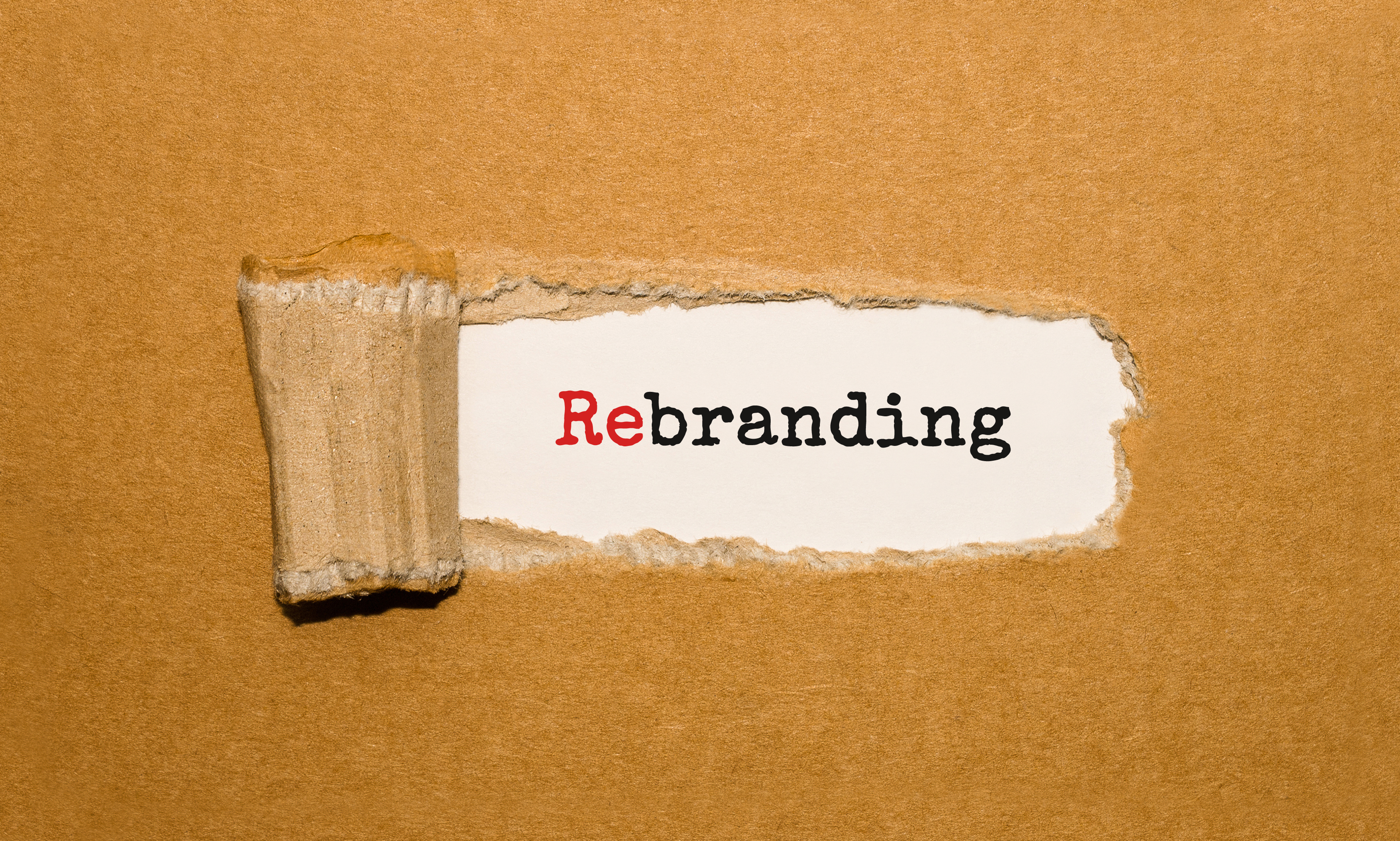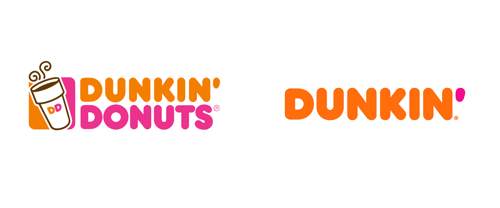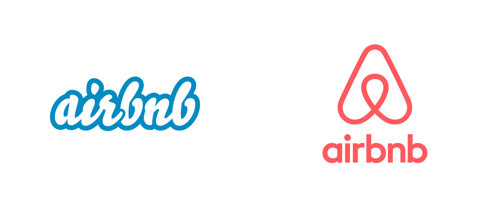
Sometimes in life, all you need is a fresh start.
Fresh starts are great for just about everything in this world. Refocusing and adjusting to what’s most important is crucial for growth and prosperity, but the true test lies with the timing. When is the right time to let go of the current to begin working toward the new?
It certainly is a delicate process.
Rebranding is one of the biggest (and possibly most difficult) decisions a company will ever have to make, but the fact of the matter is if something isn’t working, it’s time to fix it. If you want to stay competitive and successful, that is.
Depending on the specific reason you’re looking for a change in the first place, there are a slew of tactics and strategies that can be utilized to accomplish your rebrand. This can be anything from a few tweaks and changes all the way to a complete revamp and overhaul of your brand elements, resulting in a completely new brand identity.
A complete overhaul might sound drastic, so maybe your company only needs a partial rebrand or a refresh. Whatever strategy you choose, you should always keep the big picture in mind. This article will walk you through everything you need to consider and know if you are contemplating a rebrand.
Rebranding is an exciting time for any company. It’s a chance to start fresh and forge a new identity that better aligns with the direction of business, brand image, and culture that’s probably already peeking through.
Every company goes through changes that naturally occur throughout the years as leadership, employees, and business strategy change. It’s important that you do not get confused with the types of changes that warrant a rebrand with the natural ebb and flow of business.
Understand the right and wrong reasons for a rebrand. Unnecessary changes can do a lot more harm to your company than good.
Growth and change are vital to every company’s success. If you feel like there are major elements with your current set-up that hold you back from evolving to match your company’s vision, then a rebrand is probably necessary. Let’s take a look at the questions below to find out.
If your answer is ‘yes’ to one or more of the questions, then you have a valid reason to start the rebranding process.
As with everything in life, there are always reasons to do and not to do something. Ensuring your con list is smaller than your pro list is the key to making the right decision. Don’t lose track of your company vision by getting too excited with the new and what could be. The grass isn’t always greener on the other side, and in any rebranding case, changing too much without valid reasons will bring more problems than you first bargained for. Take a look at these statements to see if they apply to you.
If they apply to the current practices at your company, then you need to rethink your rebranding idea.
Recognizing the need for a rebrand is just the beginning. If you feel confident that a rebrand is the right decision for your company, then it’s time to figure out exactly the type of strategy you will need. There might be a lot less to it than what you originally thought, so it’s important to understand the differences of each to ensure you have the best fit for your needs.
A brand refresh is a smaller scaled update to the overall appearance of the brand. Tweaks and changes are made to the visual identity to keep up to date with the latest trends and consumer wants.
Elements such as the brand color, font choice, and aspects of the logo, and even marketing focus are all things that are updated in brand refreshes. This can be done gradually, as it should be a process that evolves naturally with your customers over time. If your business strategy is intact, but you feel a little outdated, then a brand refresh is the option you will want to go with.
Take a look at some iconic brands that have gone through refreshes of their own:

Source: Under Consideration

Source: The Design Inspiration

Source: Under Consideration
This is a total overhaul of your brand, and it is no small feat. A complete rebrand is a serious decision that impacts every aspect of your business moving forward. Of course the visual elements we’ve already discussed are a piece to your total rebrand, but it goes beyond that. The elements that make up the entirety of your brand strategy needs to be changed. These are things such as your values, emotion, personality and more.
With a total rebrand, your new look will have little to no resemblance of your previous brand. This is exactly the reason why you should tread carefully and only execute this if it is absolutely necessary. Most brands go through a total rebrand very early on in their existence, so their change isn't so shocking.
When your brand is changing major aspects of its business model like penetrating a brand new market or a target market, nothing like your last one, a rebrand could be necessary.
For example, Sendinblue rebranded to Brevo as their business evolved from being an email marketing platform for newsletters to a complete customer relationship management suite.
“You can see how the “Send” in “Sendinblue” was too limiting.Our scope evolved, and it was time for a new name and a new brand to facilitate the transition.”
Armand Thiberge
Founder and CEO, Brevo (formerly Sendinblue)
Now that you understand the difference between the two strategies and whether you have justified reasons to begin, it’s time to go over the basics. Here are the most important steps you shouldn’t forget about. Let this serve as an outline for your rebranding strategy.
This first step is a no-brainer. If you think that a rebrand is in your company’s future, then you must have reasons why. Back up your reasons with solid research that supports your goals. This can mean researching your new target market, which colors your audience prefers the most, your competitive landscape, and more. Rebranding is a massive task to undertake, and it can’t begin without a solid foundation.
For everything that you change about your brand, make sure you know the outcome you wish to see and the goals you want to hit from it. Ensure that every decision made has sound reasoning behind it, which in turn, will be a positive outcome for your company.
With necessary visual change comes a need for internal change. If you are placing your company on a different track, whether that is a new target audience or new market, you’ll need to have a new depth that resonates with them. Rewrite your mission statement, establish better values, and create a new positioning statement that aligns with your new direction.
Get ready to get loud in the media! Your rebrand is a huge deal and you want the world to know about it. Make sure you utilize marketing, advertising, and social media campaign strategies that relate best with your new audience.
Unsurprisingly, your customers will have something to say about your rebrand. Whether it's positive or negative, you’ll hear it loud and clear. Don’t be shocked if people have a standoffish reaction. Change is hard. Prepare your response for the questions that are in favor of your old brand. Get your target audience on board with the new. It will surely take time, but if you rebranded for the right reasons, they will learn to love it.
If you did a complete brand overhaul, building back your trust and equity will take time, but it’s necessary. If your old brand was lacking in some areas, be sure to highlight what’s better now to gain trust and acceptance with your old customers while appealing to your new customers.
Whether your rebrand is planned for this year or many years down the road, a refresh will always be a necessary phase for every business to ensure relevancy and an intact competitive edge. Be sure that your rebrand is being done for the right reasons and that you understand the implications of each strategy to ensure success that last will last.
If you are looking for other ways to refresh your brand, give co-branding a try! It's an excellent way to revamp and partner with another reputable brand to boost brand awareness and sales.
Hannah is a former content marketing associate at G2. She graduated from the University of Missouri with a degree in Journalism. In her free time, Hannah enjoys running with her dog, Teddy, traveling to new and exciting places, and capturing the beautiful places she travels to with her DSLR camera. (she/her/hers)
Rebranding isn’t just about a new logo or fresh color palette.
 by Alexandra Vazquez
by Alexandra Vazquez
I joined HealthMarkets in April 2013—just three months before the Affordable Care Act (ACA)...
 by Michael Z. Stahl
by Michael Z. Stahl
The digital revolution is no longer reserved for early adopters, small startups, and tech...
 by Alexandria Snow
by Alexandria Snow
Rebranding isn’t just about a new logo or fresh color palette.
 by Alexandra Vazquez
by Alexandra Vazquez
I joined HealthMarkets in April 2013—just three months before the Affordable Care Act (ACA)...
 by Michael Z. Stahl
by Michael Z. Stahl


